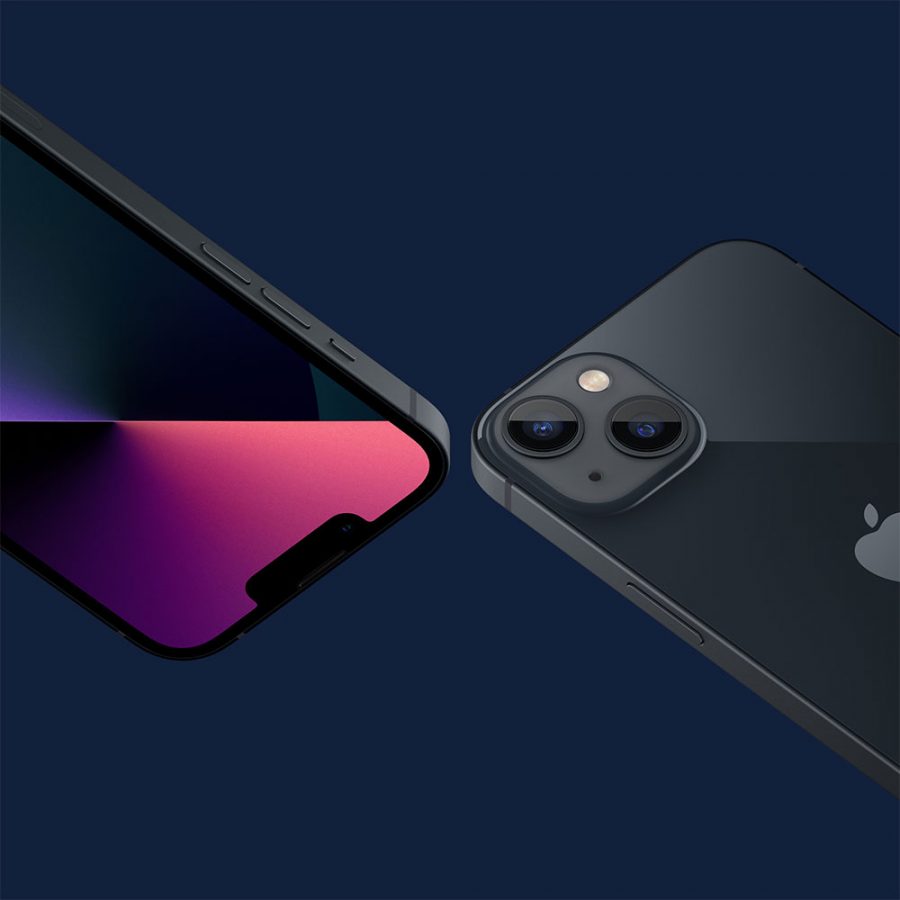Apple recently announced its annual iPhone upgrades, with the iPhone 13 Mini, iPhone 13, iPhone 13 Pro and iPhone 13 Pro Max now available for consumers to buy.
Apple does this every year, so it’s not a surprise. Not that it releases the iPhone 13 every year, but that there’s a fresh updated model. I’ve spent the past couple of weeks testing out all four new iPhones to see where they excel – and who they’re really for. If you’re thinking about an iPhone upgrade, or indeed a switch over from the Android side of the smartphone market, here’s what you should consider.
Don’t upgrade from a nearly new phone!
Did you last get a new premium phone in 2020, or even in 2019? If so, I’d strongly argue that none of the new iPhones are a good buy. Not that they’re not good phones, but simply that if you’ve got an iPhone 12 or iPhone 11, they’re still very capable handsets that will see iOS upgrades for some years to come. The jump in power and features also won’t be so noticeable. Apple always charges a premium for iPhones, so it makes the most sense to keep an existing recent model rather than upgrade for the sake of it.
iPhone 13 mini
Best for: Those on a tight budget with small hands
Pros: Colourful, compact, powerful processor
Cons: Very small screen, poor battery life
For folks who loved iPhones back when they had very small screens and were more easily pocketable, there’s the iPhone 13 mini, the cheapest of the iPhone family. That’s cheapest, not cheap, though with outright prices starting at $1,199. The iPhone 13 mini is cute, and I do love the wide choice of colours. Like the rest of the iPhone 13 family you get a powerful A15 Bionic processor and the ease of use of iOS. However, you do also only get dual cameras, and the smaller casing of the iPhone 13 mini means it’s got the smallest battery of any of the new models. In my tests it’s generally OK for a day’s usage – and thankfully a bit better than the iPhone 12 Mini was in that respect – but only if you’re using it lightly.
iPhone 13
Best for: General all purpose users
Pros: Range of colour choices, powerful processor
Cons: Doesn’t get the new tech only found in the Pro models, dual cameras at this price isn’t great
The vanilla iPhone 13 is a good phone by most standards, with the same A15 Bionic processor as the iPhone 13 mini, and also the same dual camera setup. That’s a little mediocre by flagship phone standards at the iPhone 13’s $1349+ asking price, even though it does make it pretty easy to shoot some nice photos and especially video with the new cinematic mode. Battery life is better than the iPhone 13 Mini, and in some cases even slightly better than the similarly sized iPhone 13 Pro. It’s a good phone, but it’s not my favourite of this year’s Apple crop.
iPhone 13 Pro
Best for: Camera enthusiasts and those that want a gorgeous smartphone screen
Pros: ProMotion display, triple cameras, best processor
Cons: Pricey, battery life is a tad lower than the iPhone 13
The iPhone 13 Pro genuinely surprised me. Typically the smaller Pro phone in Apple’s lineup has been limited compared to the Pro Max, but I really didn’t find that this year. You get a better A15 Bionic processor with higher graphics capabilities, matched to a 120Hz capable “ProMotion” display that simply looks gorgeous in use. Like prior Pro phones though it’s the cameras you should buy it for, with triple 12MP sensors that make it really simple to take good photos even in very low light. The downsides here are the asking price, starting at $1,699 or more, and the battery life. It’s good, but it’s slightly outpaced by the similarly sized iPhone 13.
iPhone 13 Pro Max
Best for: Those who like a big old slab of a phone with good cameras
Pros: Triple cameras, good battery life, best A15 Bionic processor
Cons: Super expensive, very large in the hand, heavy
The iPhone 13 Pro Max is the “flagship” of the iPhone 13 line, and it absolutely should be given you’ll have to part with at least $1,849 to walk away with one. Like the iPhone 13 Pro you get a 120Hz capable ProMotion display, but it’s much larger at 6.7 inches. Apple’s iOS doesn’t always make the most of that space, but if you do want or need a larger reading or display area, the difference is notable. Like the iPhone 13 Pro it’s also got some of the best cameras I’ve ever tested on any smartphone, although the larger size here is something of a challenge for holding and framing compared to the iPhone 13 Pro. That hand feel is a vital component to its value, too, because if you find using those larger phones tricky (especially one handed) while iOS has some tricks to make that simpler, it’s still a lot of phone to have to hold.
Experience hassle-free mobile device setup with Geeks2U.




